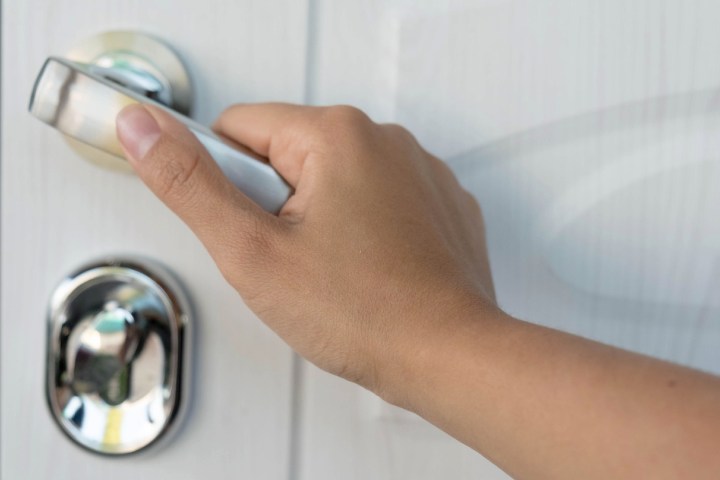
Called “VibWrite,” the system isn’t based on fingerprint recognition, but rather the unique signatures given off by finger vibrations. Because each person’s bone structure is unique, and fingers apply different pressures to surfaces as a result, sensors designed to measure subtle physiological and behavioural differences can help identify individuals.
“This is a low-cost system, which does not require specific hardware like fingerprint scanners or cameras,” Nitesh Saxena, associate professor in the department of computer science at the University of Alabama at Birmingham, told Digital Trends. “It can be embedded [into] any physical surface with little cost.”

The system works by applying an inexpensive vibration motor and receiver to a surface. While this would still require an investment on the part of the person installing it, it would be an estimated 10 times cheaper than the kind of fingerprinting and iris recognition tech currently used for smart access systems. During trials of the VibWrite technology on a wooden table, it was able to correctly identify users with more than 95 percent accuracy, and a false positive rate of less than 3 percent.
The researchers behind the work say that it could be easily commercialized, although this will still require additional tweaks to sort out a few teething problems — like the fact that it can sometimes take multiple passes to identify a user correctly. The team also wants to test the system in various conditions, such as different temperatures, humidity levels, wind, wetness, and more. “Right now, this is at the research prototyping stage, and the system’s accuracies need to be improved for a full commercialization, but it is definitely possible to transition this technology for real-world use in the near future,” Saxena continued.
A paper describing the work was recently presented at the ACM Conference on Computer and Communications Security.


